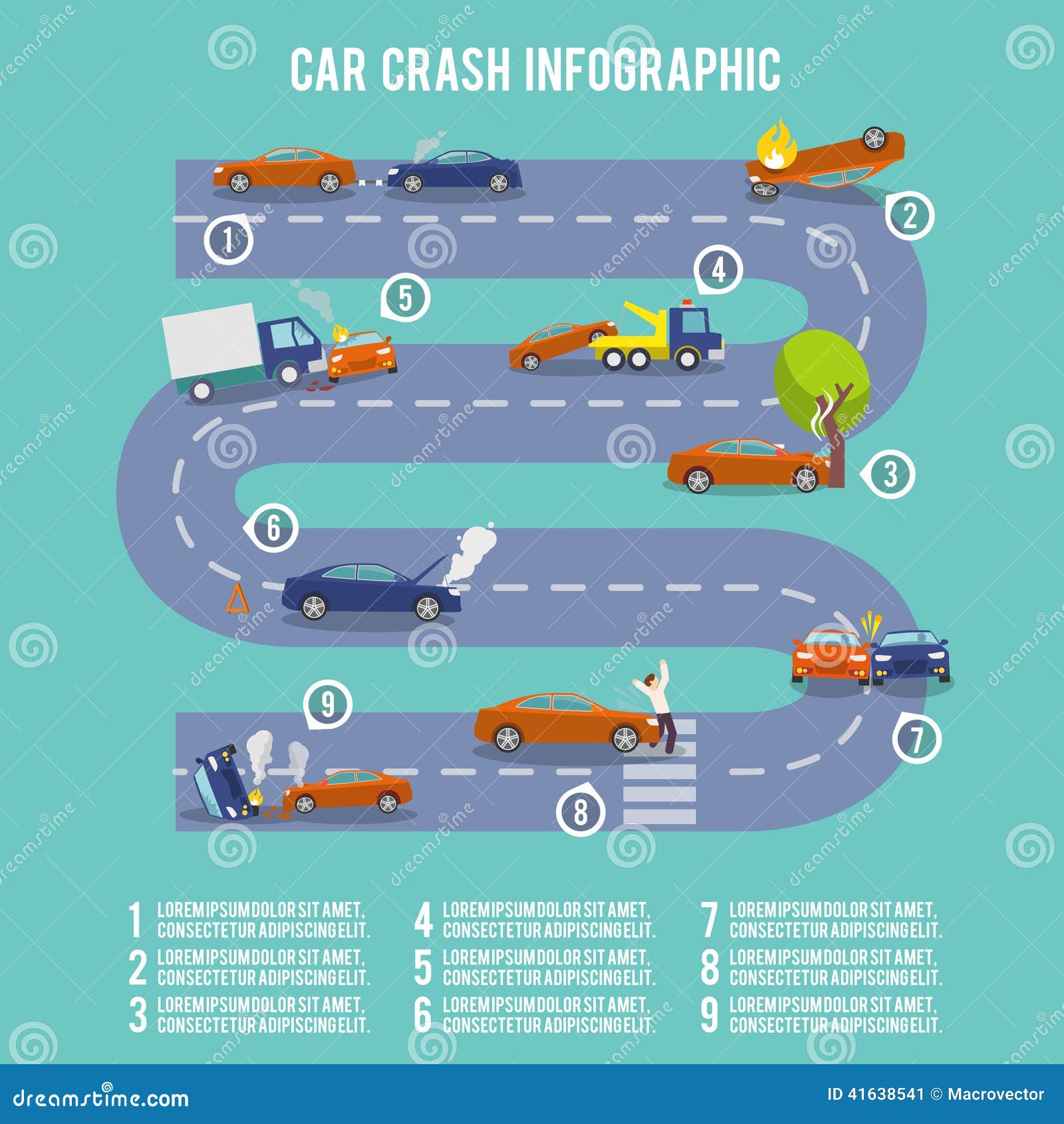Uncover The Significances Behind The Control Panel Caution Lights In Your Auto To Safeguard The Health And Safety Of Your Car
Uncover The Significances Behind The Control Panel Caution Lights In Your Auto To Safeguard The Health And Safety Of Your Car
Blog Article
Material Author-Kane Mendoza
When you're behind the wheel, those glowing warning lights on your control panel can be a bit puzzling. Do you recognize what they're trying to inform you about your automobile's health? Recognizing the importance of these lights is crucial for your safety and the longevity of your car. So, the next time one of those lights appears, wouldn't you intend to analyze its message precisely and take the essential steps to resolve it?
Common Caution Lighting and Interpretations
Identify typical caution lights in your vehicle and understand their meanings to guarantee secure driving.
The most common warning lights include the check engine light, which signifies issues with the engine or emissions system. If this light comes on, it's essential to have your car inspected immediately.
The oil pressure alerting light suggests reduced oil pressure, requiring immediate interest to prevent engine damage.
A blinking battery light may suggest a malfunctioning charging system, potentially leaving you stranded if not attended to.
just click the following document (TPMS) light signals you to reduced tire pressure, influencing automobile security and gas performance. Neglecting this can bring about harmful driving problems.
The abdominal light shows a trouble with the anti-lock braking system, compromising your capacity to stop quickly in emergency situations.
Finally, the coolant temperature advising light warns of engine getting too hot, which can cause severe damage otherwise resolved quickly.
Comprehending these common caution lights will certainly aid you resolve issues immediately and keep secure driving conditions.
Significance of Prompt Interest
Recognizing the usual warning lights in your vehicle is only the primary step; the significance of without delay attending to these warnings can't be emphasized enough to ensure your safety on the road.
When a caution light illuminates on your dashboard, it's your vehicle's means of communicating a potential concern that requires focus. Neglecting these warnings can bring about much more severe issues in the future, compromising your safety and security and potentially costing you much more out of commission.
auto body collision repair to warning lights can stop break downs and crashes. As an example, a flashing check engine light can show a misfire that, if left unattended, might create damage to the catalytic converter. Resolving this promptly can conserve you from a costly repair.
Likewise, a brake system advising light could signify low brake liquid or worn brake pads, important components for your security when driving.
DIY Troubleshooting Tips
If you observe a caution light on your dashboard, there are a couple of do it yourself fixing suggestions you can try before seeking professional aid.
The initial step is to consult your automobile's manual to understand what the particular caution light indicates. In some cases the problem can be as simple as a loosened gas cap setting off the check engine light. Tightening up the gas cap may resolve the problem.
An additional common concern is a low battery, which can activate numerous alerting lights. Inspecting the battery connections for rust and ensuring they're protected may take care of the problem.
If a warning light continues, you can try resetting it by detaching the auto's battery for a couple of mins and after that reconnecting it. In addition, checking your lorry's fluid degrees, such as oil, coolant, and brake liquid, can assist troubleshoot advising lights associated with these systems.
Verdict
In conclusion, understanding your car's caution lights is essential for keeping your car running smoothly and securely. By promptly dealing with these notifies and understanding what they indicate, you can prevent expensive repair work and potential malfunctions.
Keep in mind to consult your automobile's manual for certain information on each cautioning light and do something about it as necessary to ensure a trouble-free driving experience.
Stay notified, remain safe on the road!
